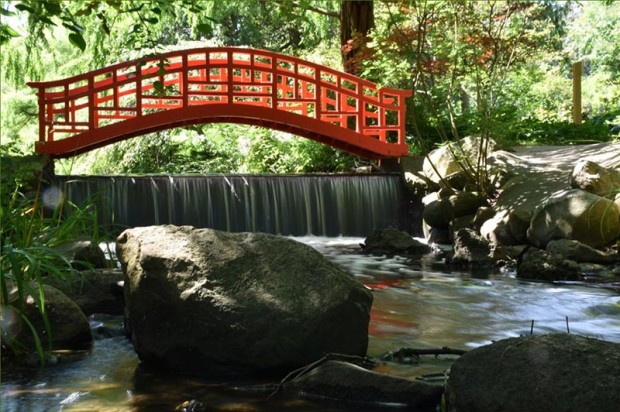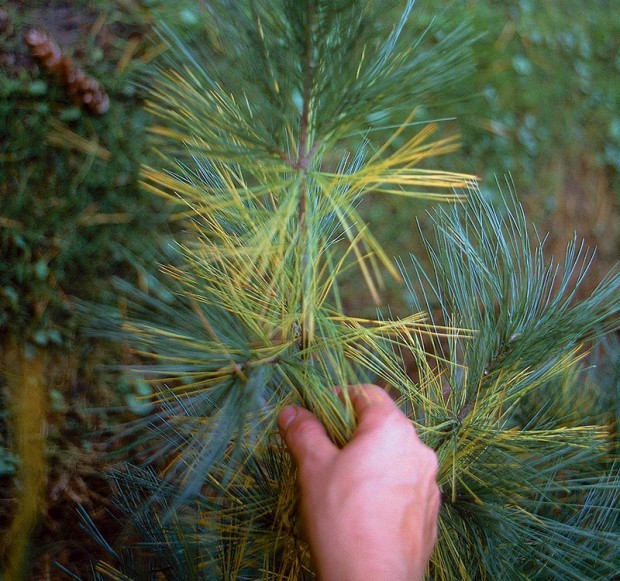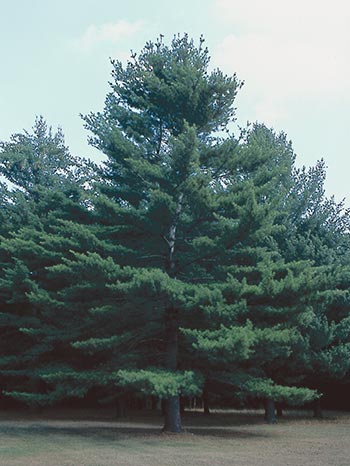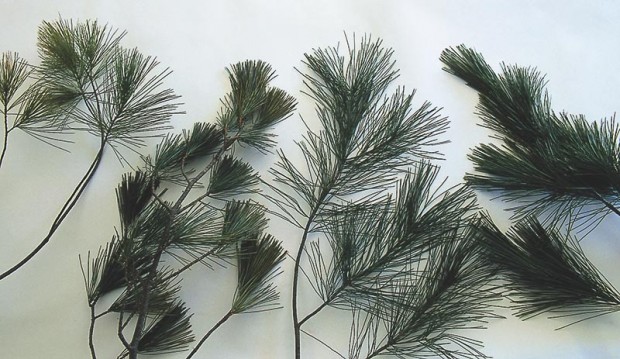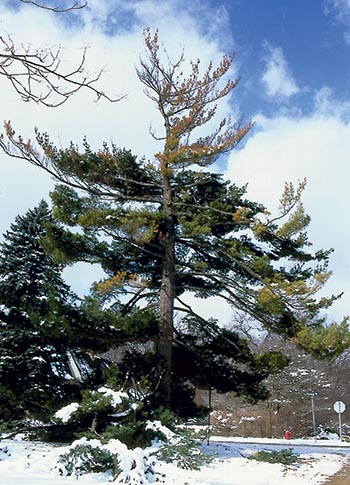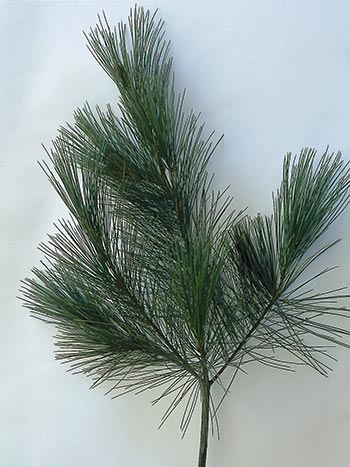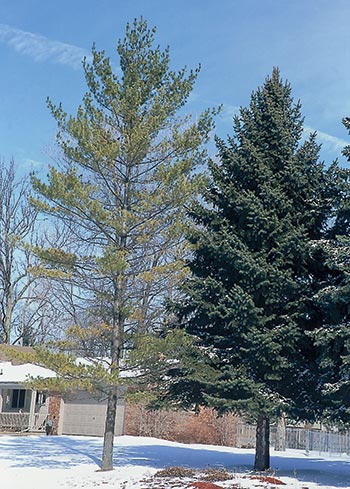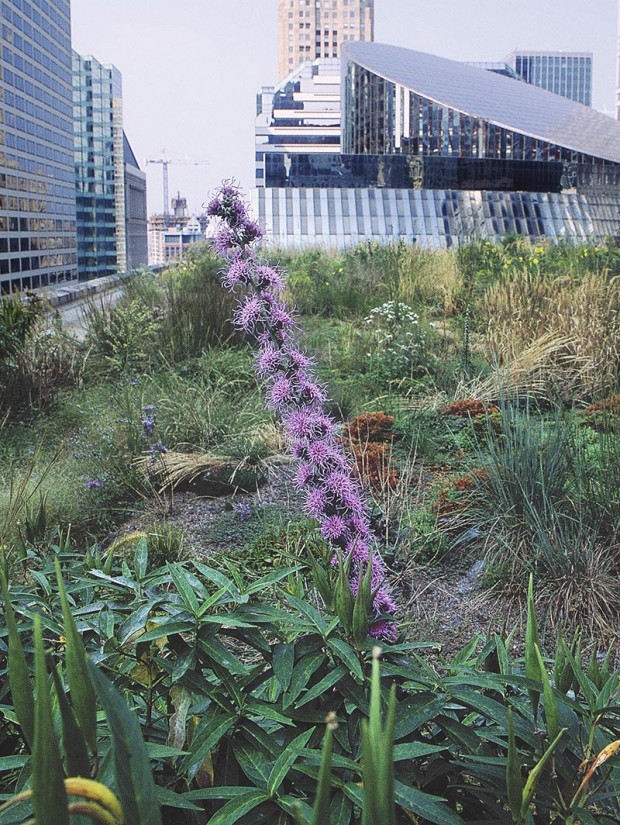
Here’s what I’ve learned about green roofs for you and me.
Going green does cut heat, thus reducing smog and its attendant miseries. Tests in Toronto, Chicago, Seattle and other cities prove this cooling effect. Chicago City Hall went green in 2001 while the county building, a mirror image twin next door, still cooks under asphalt. Air temperature, humidity and the intensity of solar radiation are monitored on both roofs, but I was there and did not have to look at a thermometer to know I was 50 to 55 degrees cooler on City Hall. In Evanston, Illinois, the difference between the leaf-topped Optima Building roof and its neighbors’ has been almost 100 degrees on occasion. In Toronto, a billion square feet of roof absorbs and radiates enough heat to keep the city 7 to 18 degrees hotter than the surrounding countryside. Readings from test buildings there have fueled computer models that show there could be 3 degrees of cooling if just 6 percent of the roofs went green.

Green roofs have direct payoffs, too. The building beneath stays cooler so air conditioning costs drop. The thick top is good insulation, so heating bills may be less. It insulates against sound, too—airport neighbors, take note.
A planted roof lasts longer since the planted layer buffers wind, sun and fast temperature swings. Flat and minimally-pitched roofs, the best candidates for green systems, may last twice as long as conventional caps. In Germany, where green roofs have been in place over thirty years, 14 percent of new buildings in this style are going green. Building owners no longer plan to reroof every 15 years, but expect upper crusts to remain sound for 30 years.
All these numbers are good, but don’t come cheap. A green roof costs $9 to $18 per square foot—excluding soil mix and plants. All told, topping a building this way is a 30 to 60 percent bigger investment than conventional roofing. Just look at the construction details to see why.
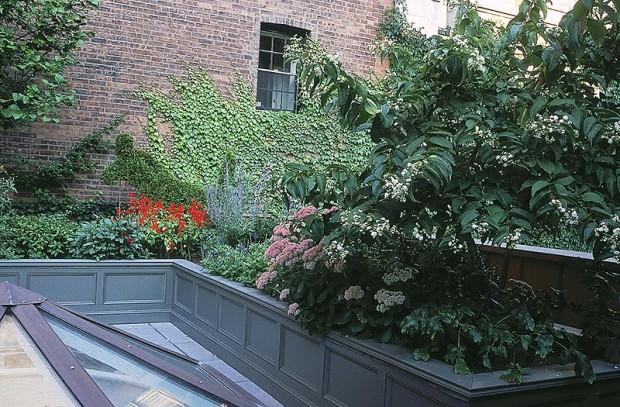
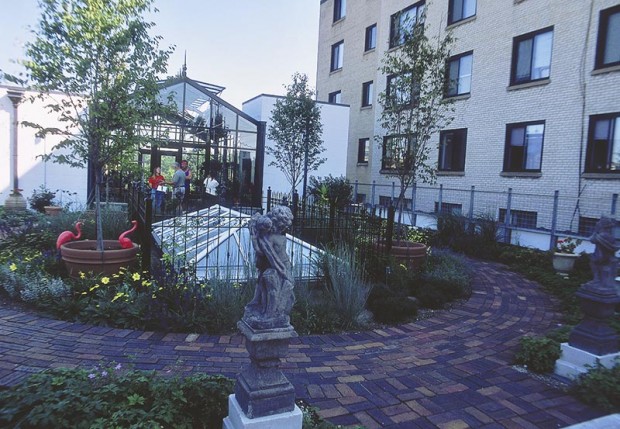
A green roof consists of up to ten layers. First, a protective mat goes down on the roof itself—not to protect the roof but to prevent punctures to the second layer, a waterproof membrane. Over the waterproof membrane is another protective mat, then a root barrier, perhaps some insulation, a drainage layer of gravel or waffle-like panels, and a filter pad to keep fine particles of soil out of the drainage layer. Then there’s the planting medium—usually soilless and 3 to 18 inches deep. Last come plants and a woven mulch blanket to keep the planting medium from blowing away until the plants cover it completely.
There are two kinds of green roof. Extensive systems consist solely of shallow rooted plants like sedum. Ford Motor Company’s huge building in the Rouge Complex has an extensive system. An intensive system has deeper planting spaces able to support many kinds of plants, even small trees.
I’d like to walk on and dabble in my own roof plantings, so the roof must be engineered to hold more weight. I once computed the weight of a roof garden I designed, which meant estimating saturated weights of soil mixes, root balls, perennials, trees, mulch, planter boxes and statuary. An engineer from the architectural firm added my garden’s weight to snow load and other factors, and designed for a “dead load” of 250 pounds per square foot. That’s twice what some roofs are designed to hold and it’s all reflected in construction costs.
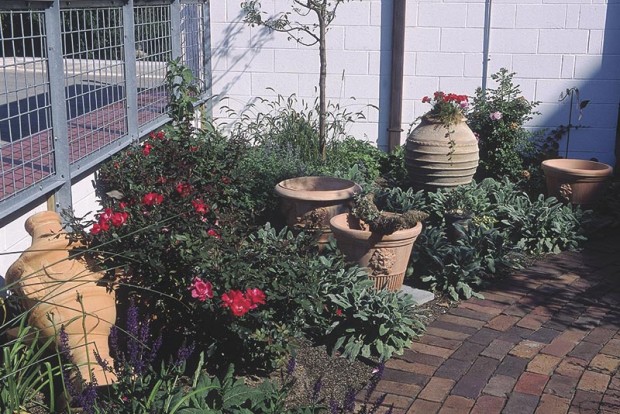
Yet I still think this idea is worth pursuing. I’ll be proud to do more toward water purity, by living beneath plants that will use half or more of the water that falls on the roof. Every drop they use is that much less water cascading through downspouts and into storm sewers. Less water running that route means fewer pollutants swept into rivers and lakes.
Maintenance details are still elusive. Roof owners and industry promoters I’ve interviewed admit that care is required – weeding out undesirable plants, for instance. Since weed trees sprout even in our gutters, it’s no surprise to hear they’ll grow on a green roof. What no one seems yet willing to describe are the tactical details. Does killing a weed up there mean spraying it with a herbicide—not my bag!—because pulling it would disturb the soil mix? If I pull weeds do I have to keep carting replacement soil mix up to the roof?
There’s plant replacement, too. Even the most drought-tolerant plants above the most clever water-reserving drainage system may fail and need replacing. I’m still seeking figures, which may just mean waiting a year or so. Chicago’s very helpful, education-oriented project began with 150 species and the project managers intend to publish performance evaluations on all of them.
That leaves only the roof repair angle. What if the membrane springs a leak? It’s vulnerable at the same places my old roof is—where chimney and roof meet, for instance. Will calling someone to make repairs be like trying to find someone to fix our solar panel? A solar panel fixer’s as rare as a blue poppy, even though solar technology was supported by government incentives in the 1970s. America’s green roof industry is light years behind Germany’s where 43 percent of cities offer incentives to build them.
Article by Janet Macunovich and photos by Steven Nikkila, www.gardenatoz.com.

